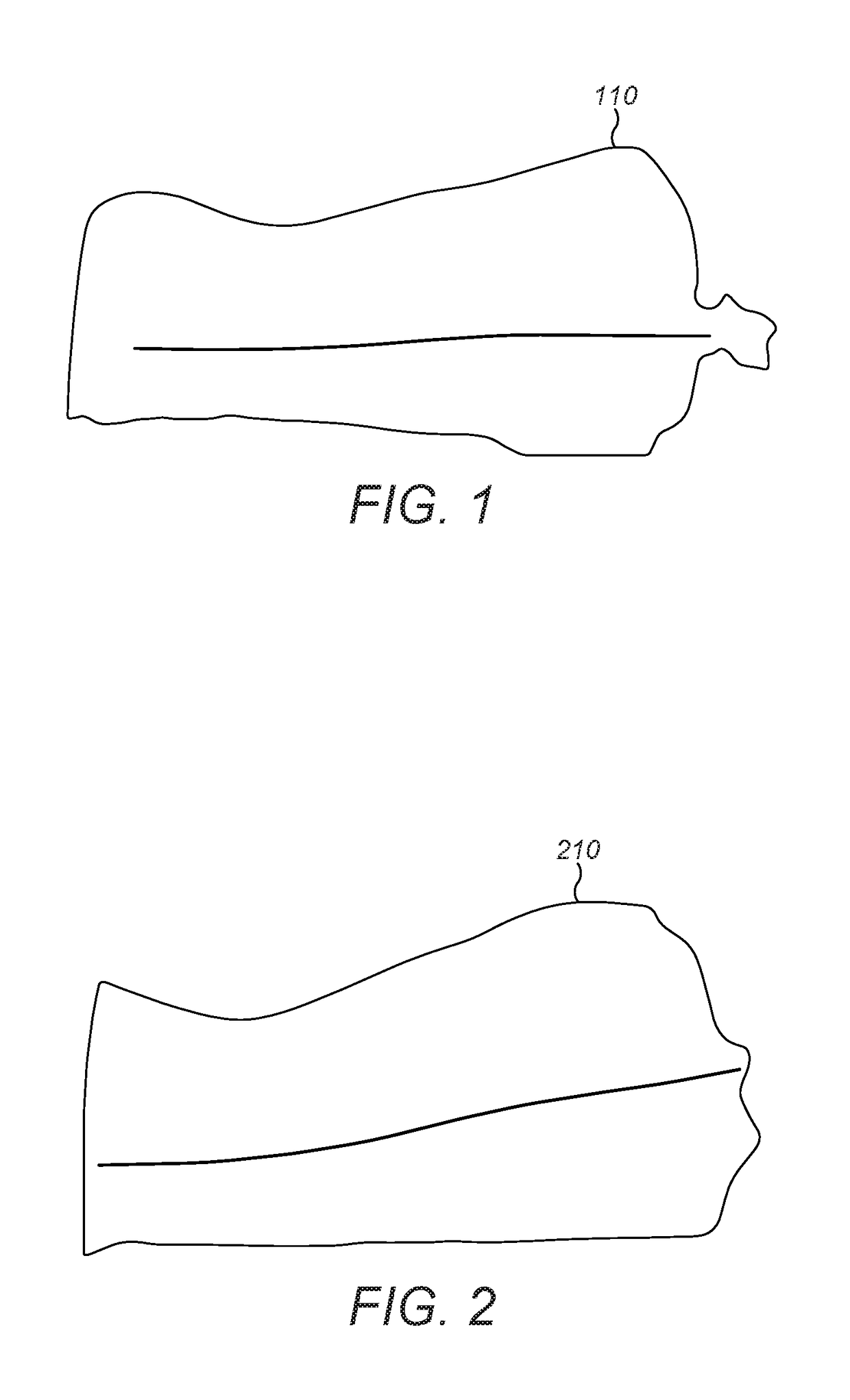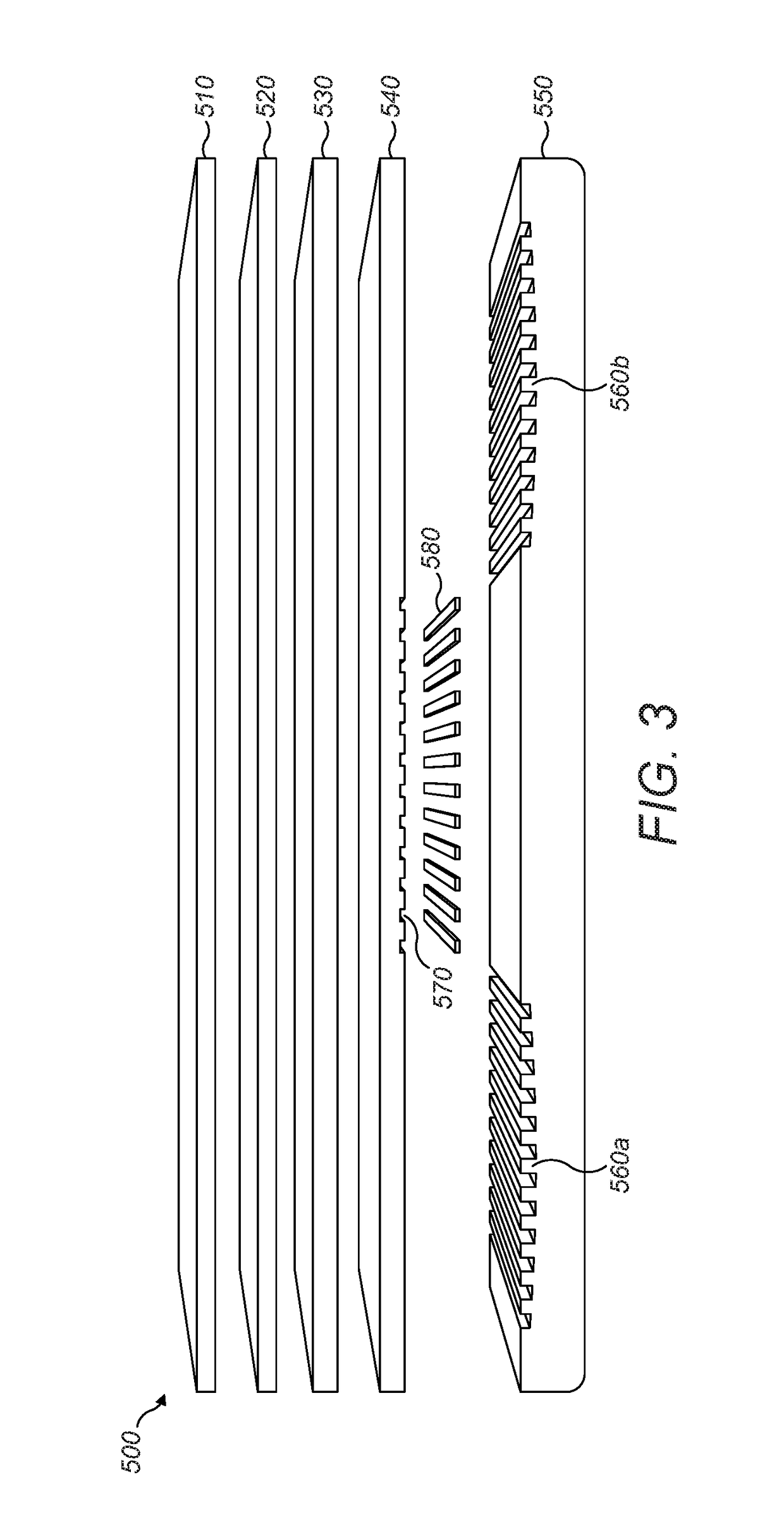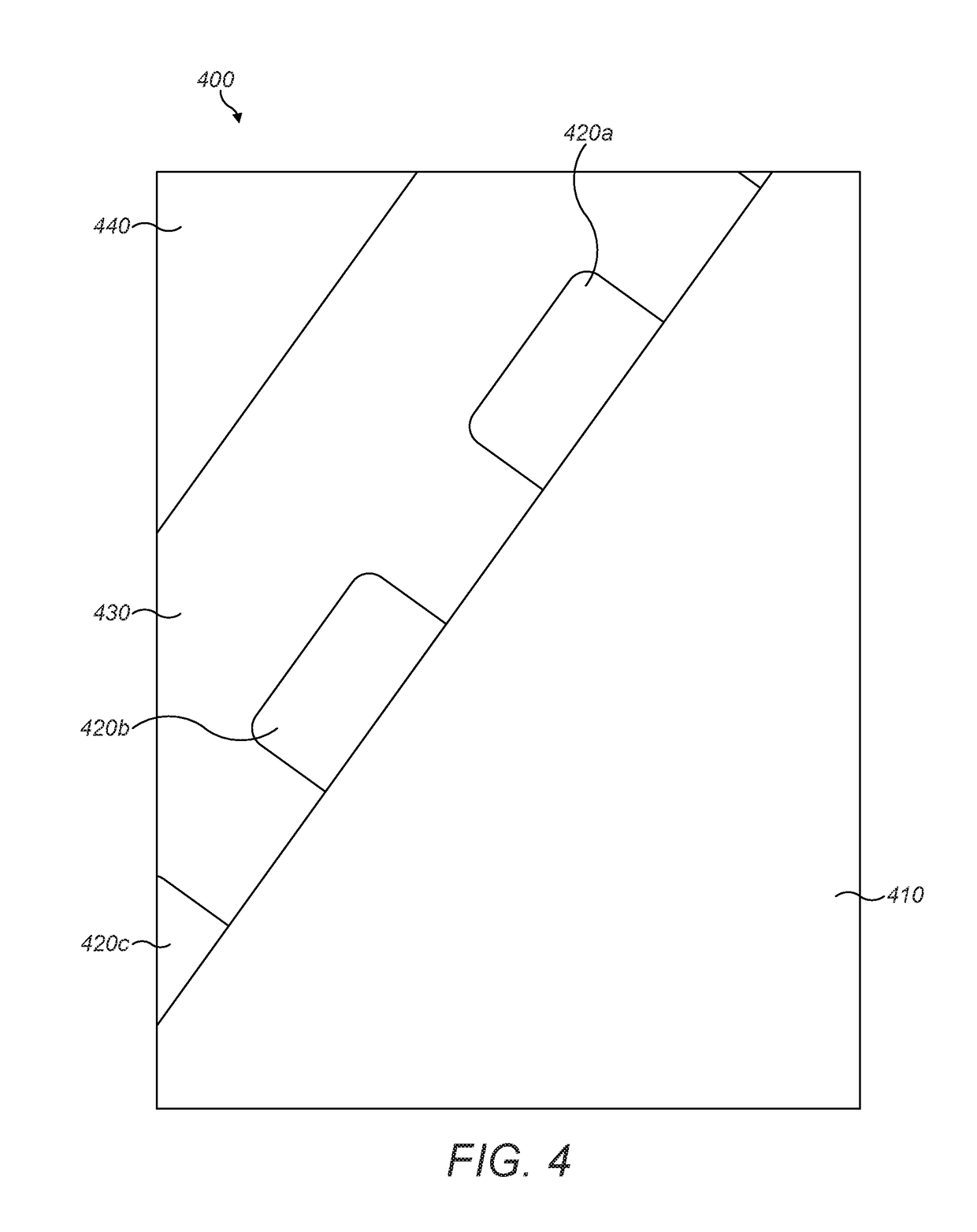Mattress Containing Ergonomic and Firmness-Regulating Endoskeleton
a technology of endoskeleton and foam mattress, which is applied in the field of improved foam mattress with an elastomer endoskeleton, can solve the problems of inability to achieve optimal spinal alignment of the mattress, excessively difficult for a mattress to address all these ergonomic requirements, and inability to achieve optimal spinal alignment, etc., to achieve the effect of maintaining proper spinal alignmen
- Summary
- Abstract
- Description
- Claims
- Application Information
AI Technical Summary
Benefits of technology
Problems solved by technology
Method used
Image
Examples
Embodiment Construction
[0037]A mattress with variable support head-to-toe is required to enable proper ergonomics. The ergonomic requirements must also be balanced with other performance requirements of the mattress, many of which are in tension to providing good ergonomics, including:
[0038]A. Pressure Relief:
[0039]Provide the softness necessary to keep pressure (as measured in pounds per square inch) to minimum levels, eliminating / minimizing pressure points that can cause discomfort and / or disrupt blood flow. This is usually accomplished by distributing the body weight over the maximum surface area possible to reduce pressure.
[0040]B. Thermal Comfort:
[0041]Allow body heat and moisture (sweat or humidity) to move away from the body (heat can move through conduction, convection or radiation; moisture can move through wicking or evaporation, which is tied to convection).
[0042]C. Position Realignment:
[0043]Allow the body to easily change positions throughout the night. Pure memory foam mattresses struggle he...
PUM
 Login to View More
Login to View More Abstract
Description
Claims
Application Information
 Login to View More
Login to View More - R&D
- Intellectual Property
- Life Sciences
- Materials
- Tech Scout
- Unparalleled Data Quality
- Higher Quality Content
- 60% Fewer Hallucinations
Browse by: Latest US Patents, China's latest patents, Technical Efficacy Thesaurus, Application Domain, Technology Topic, Popular Technical Reports.
© 2025 PatSnap. All rights reserved.Legal|Privacy policy|Modern Slavery Act Transparency Statement|Sitemap|About US| Contact US: help@patsnap.com



